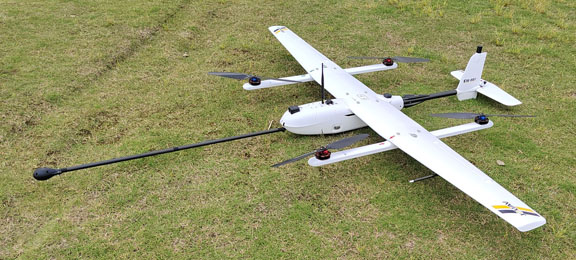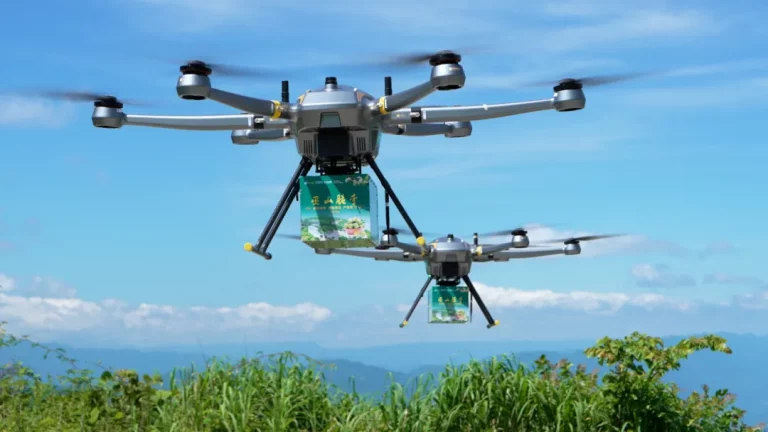CUIT and JOUAV Launch Joint UAV Lab for Advanced Weather Modification
CHENGDU, November 10, 2024 – The Low-Altitude UAV and Weather Modification Forum, held today in Chengdu, concluded with a landmark announcement: the establishment of the "Joint Laboratory for UAV Intelligent Sensing and Weather Modification." The new lab is a strategic partnership between Chengdu University of Information Technology (CUIT), a leading institution in atmospheric sciences, and JOUAV, a frontrunner in industrial unmanned aerial vehicle (UAV) technology.
Guided by the China Meteorological Administration Weather Modification Center, the China Meteorological Service Association, and the Chinese Academy of Meteorological Sciences, the forum, themed "Digital Tech for Low Altitude, Weather for the Future – Building a Weather Modification Industry," highlighted new growth opportunities at the intersection of meteorology and advanced drone technology.
The joint laboratory aims to create a comprehensive, full-chain platform integrating technology R&D, equipment manufacturing, practical application, and professional training. It synergizes CUIT's profound expertise in weather science with JOUAV's proven capabilities in designing, manufacturing, and deploying industrial UAV systems.
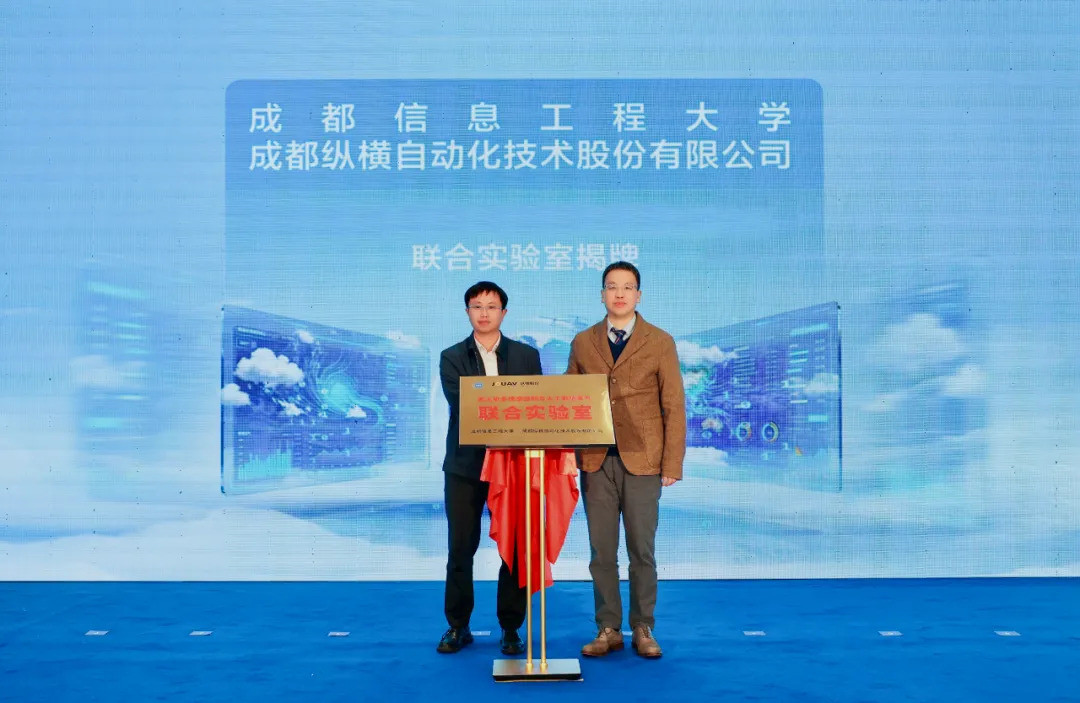
The unveiling ceremony marked the official launch of the Joint Laboratory for UAV Intelligent Sensing and Weather Modification.
Digital Tech for Low Altitude
CUIT trains many weather experts in China. Because of its strong background, CUIT started China’s first "School of Weather Modification" in 2024. It worked with the China Meteorological Administration Weather Modification Center. This step has drawn wide attention and shows the school’s role in weather science. It also helps China’s weather work improve with technology and talent.
Weather is key to low-altitude safety and operations. JOUAV leads in low-altitude digital solutions. It has used UAVs in many weather tasks, such as:
CW-80E Composite-Wing Weather UAV
The CW-80E is a mid-sized UAV that carries flame sticks for warm clouds. It flies to set heights and lights the sticks from afar to spread chemicals. This helps in making rain or snow, stopping hail, and preventing forest fires.
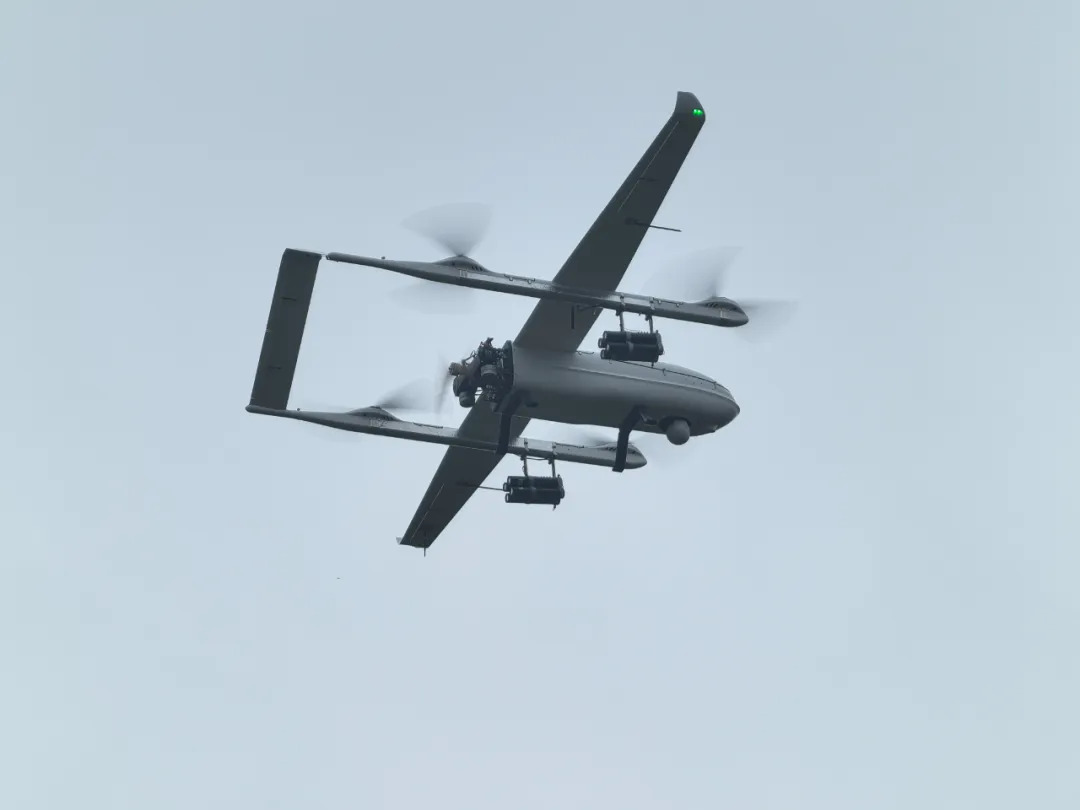
The CW-80E supports long-endurance flight, high-altitude operations, and the integration of cloud physics sensors and catalyst-dispersion devices.
CW-80E Cloud Particle Detection UAV
This hybrid VTOL UAV has a high-accuracy cloud particle camera. It flies into clouds and takes pictures of clouds and rain particles right away. It measures the size, shape, number, and position of cloud drops and ice crystals. This helps us understand clouds better. The system is important for weather modification. It checks how much supercooled water clouds have, so we can see if making more rain is possible and how well it works.
CW-15 Composite-Wing Weather UAV
The CW-15 UAV carries a special weather pod made for drones. In one flight, it can get data like temperature, air pressure, humidity, wind speed, and wind direction. This information helps weather forecasts in Southwest China and supports decisions for disaster reduction.
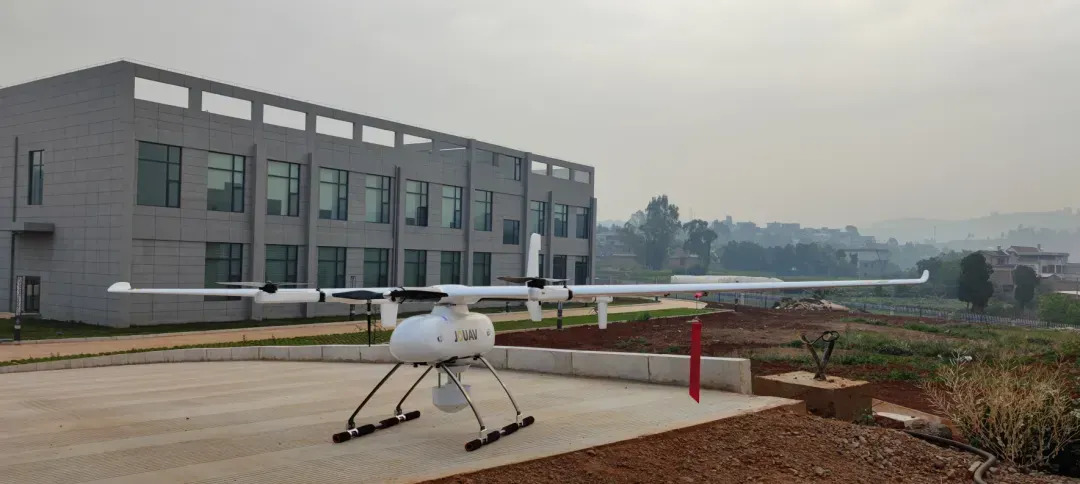
The CW-15 carries a dedicated meteorological sensing pod capable of collecting multi-parameter data.
Weather for the Future
Using weather technology and UAV advances, the lab will work on five main areas:
- Precision Weather Control: Enhancing the accuracy and efficiency of weather modification operations.
- Full-Depth Air Measurement: Developing systems for comprehensive vertical atmospheric profiling.
- Low-Altitude Safety: Creating solutions to ensure safety in the rapidly growing low-altitude economy.
- Meteorological Support for Emergencies: Providing rapid weather data for disaster response and management.
- Multidisciplinary Talent Development: Cultivating a new generation of professionals skilled in both meteorology and UAV operation.
This collaboration between CUIT's research prowess and JOUAV's technological innovation is poised to significantly advance China's weather modification capabilities, driving the field toward greater precision, intelligence, and environmental sustainability. The outcomes are expected to bolster national water security, enhance disaster prevention, and support broader ecological conservation goals.



